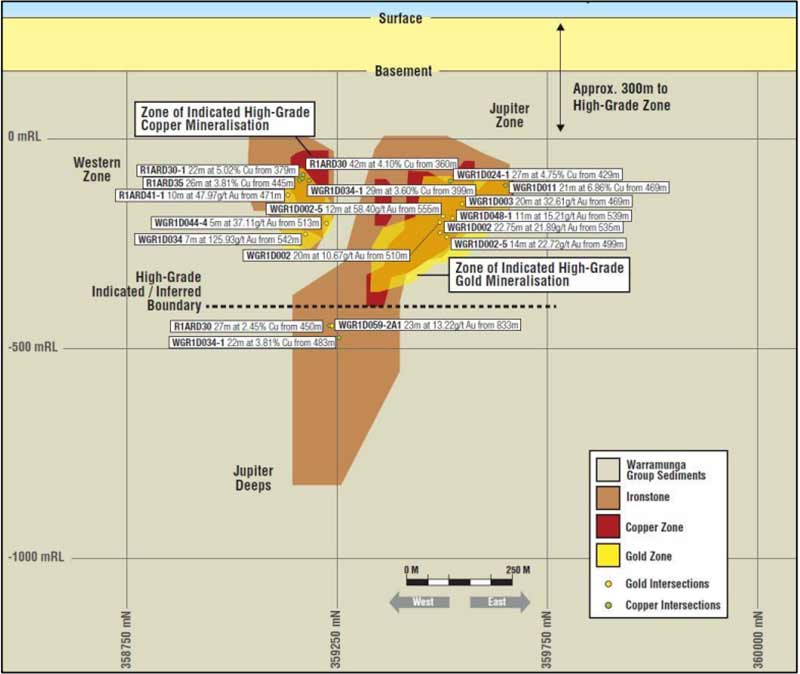IPO Watch: Cashed-up Castile is already weighing up development options for Rover 1

Pic: Stevica Mrdja / EyeEm / EyeEm via Getty Images
Top 10 Aussie gold producer Westgold Resources (ASX:WGX) has spun its Northern Territory gold-base metal assets into Castile Resources, which hits the bourse this Friday with a market cap of about $40m.
Castile Resources (ASX:CST) issued about 100 million shares at 20c each to raise almost $20m. That’s a pretty handy cash pile to start listed life with, and enough to set Castile on the path to project development.
Castile’s main game is the advanced Rover project near Tennant Creek. Rover is believed to be an extension of the Tennant Creek mineral field, which has produced a total 5.5 million ounces of gold and 345,000 tonnes of copper.

Castile’s most advanced prospect is the high-grade – but pretty deep — Rover 1 iron oxide-copper-gold discovery, which has been gathering dust in the basement of Westgold’s portfolio for a number of years.
Non exec chairman Peter Cook says Rover 1 was a significant virgin and blind discovery made in 2008 under several hundred metres of cover.
“Westgold at that point in time was awarded the Gold Mining Journal ‘explorer of the year’ award for the discovery of Rover 1,” he says.
“Since then the assets have been sidelined by lower commodity prices and the competition with Westgold’s other assets.”
According to CSA Global, Rover 1 is similar to deposits in the Tennant Creek district like Warrego, a major mine that produced more than 1.2 million ounces of gold, 80,000 tonnes of copper, and 10,000 tonnes of bismuth in the 1970s.
Rover 1 has a current resource of 386,000oz gold, 459,000oz silver, and 83,000 tonnes copper, with additional cobalt and bismuth credits.
This resource includes high-grade gold ‘cores’ grading 7 grams per tonne (g/t) for 300,000oz.

But there’s probably more where that came from. Last drilling occurred back in 2015, targeting resource extensions through the ‘Jupiter Deeps’ zone of Rover 1.
High-grade mineralisation was intersected in a relatively wide zone in three of four drill holes, showing that the mineralisation keeps going. This wasn’t included in the resource, and no field work has happened since.
A scoping study completed by Westgold on a 60,000oz a year underground mining development back in 2010 “confirmed the deposit held prospects for eventual economic extraction”, Castile says.
Castile says it will now kick off a new scoping study on the Rover 1 development, but a broader exploration program has only just started.
Castile has outlined a three-year plan, with an initial six-month period of target assessment focusing on six more ‘blind’ targets at Rover.

UNLOCK INSIGHTS
Discover the untold stories of emerging ASX stocks.
Daily news and expert analysis, it's free to subscribe.
By proceeding, you confirm you understand that we handle personal information in accordance with our Privacy Policy.








